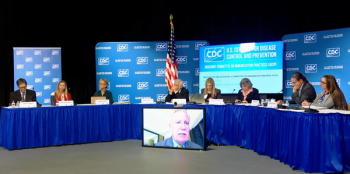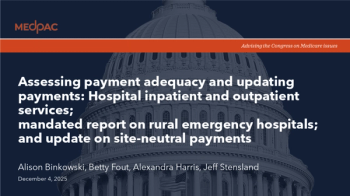
Taming the Wild West of mobile healthcare
Within the past decade, over 165,000 mobile health apps have launched, with thousands more on the way.
Within the past decade,
But for the vast majority of healthcare apps, you won’t find any medical professionals directly involved. This is the equivalent of having the American Diabetes Association or the American Heart Association operated by pharmaceutical or medical device companies. If this were the case, I’m willing to bet that people would be more hesitant in trusting their recommendations.
FURTHER READING:
And yet on our mobile devices, where increasingly more of our lives are spent, people confidently delve into the Wild West of pseudo-advice and potentially dangerous recommendations. The only groups here resembling any type of professional “American Mobile Health Association” are trade organizations. We need something more, and I say this from the perspective of a practicing emergency physician and potential patient. We deserve better.
The Barriers and Opportunities
The explosion in mobile healthcare stems from the conviction that increased patient engagement leads to better health, especially for those with chronic conditions. Moreover, low barriers for entry-the FDA has consistently shied away from regulating most of the mobile healthcare market-makes marketing fairly easy. The opportunity is large, and it’s understandable why so much attention is focused here: The global mHealth market could grow to $46.2 billion by 2021 from $13.2 billion last year,
But like any new frontier, the emergence of healthcare apps leaves a lot to be desired. Studies have shown that
From my perch as a physician, several factors are behind the reluctance of doctors (and other medical caregivers) to wholeheartedly embrace mobile health:
1) Time: There is simply not enough of time to wade through the universe of apps and find the best of the best to help a given patient.
2) Clinical efficacy: This is a primary motivator in medicine and something that most mobile healthcare products lack. Physicians know, some from bitter experience, that most of these products thrown at them are designed by small companies without an adequate medical perspective. Every new app promising to “change healthcare as we know it” looks more like another electronic medical record fiasco waiting to happen. In other words, these are apps promoted (or, worse yet, mandated) by non-physicians that pull doctors away from direct patient care.
3) Cost: Apps tend to be fairly economical-less than $10-$20 in many cases-but they are premised on patients possessing devices and plans that usually cost more than $600-700 per year. For many doctors, this automatically excludes their low-income and elderly patients.
POPULAR ON OUR SITE:
However, there are some promising signs in this Wild West.
However, in order to empower doctors and other medical caregivers to use (and even develop) good mobile healthcare technology, we need more-much more. And the free market alone won’t give us what we need.
Don’t worry-I’m not going to propose government intervention. Although, the FDA, under the current administration, recently
A Mobile Health Association?
We need a physician-led “Mobile Health Association” to articulate clinical goals of mobile healthcare apps, draw out guidelines for app developers and publish evidence-based articles on mobile health.
An organization like this could follow the time-honored tradition in American medicine of bringing clinical experts together to endorse standards of patient care and update protocols based upon the latest research. These panels, usually under the umbrella of a professional association, exist all over the medical establishment. They issue guidelines for
TRENDING:
But, above all, these task forces are driven by clinicians and aimed solely at improved patient care. They don’t endorse products, take money from industry, pay members or perform governmental functions. In general, they are supported by member fees from overarching organizations. And they make a huge difference. Through academic publications, medical association websites, and the wide-ranging healthcare communications infrastructure, their recommendations help thousands of medical caregivers provide high-quality care, guide policymakers as they weigh adjustments to laws and regulations and provide the framework for new products and procedures from industry and academia.
We are starting to see the
It's time the Wild West was tamed a bit, for everyone’s benefit.
Newsletter
Stay informed and empowered with Medical Economics enewsletter, delivering expert insights, financial strategies, practice management tips and technology trends — tailored for today’s physicians.
















